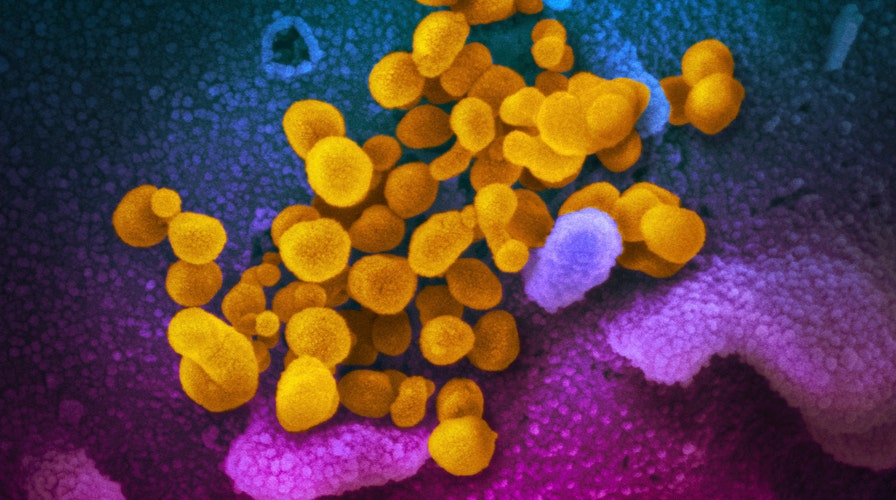Fox News Flash top headlines for June 11
Fox News Flash top headlines are here. Check out what's clicking on Foxnews.com.
Scientists have identified some key genomic features of SARS-CoV-2, more commonly known as COVID-19.
Their findings, which were published this week in the Proceedings of the National Academy of Sciences, could help scientists to predict -- with genome analysis -- how severe future coronavirus disease outbreaks will be. The work may also help them detect animal coronaviruses that have the potential to infect humans.
“In this work, we set out to identify genomic features unique to those coronaviruses that cause severe disease in humans,” said Eugene Koonin, an NIH distinguished investigator in the intramural research program of NLM’s National Center for Biotechnology Information and the lead author of the study, in a statement.
In the United States, COVID-19 has now infected more than 2 million people and killed at least 113,209 people. The scientific community is rushing to gain as much knowledge as possible about the genomic traits that help contribute to its rapid spread.
“We were able to identify several features that are not found in less virulent coronaviruses and that could be relevant for pathogenicity in humans. The actual demonstration of the relevance of these findings will come from direct experiments that are currently getting under way," Koonin said.
The researchers used comparative genomics and machine learning techniques to compare the genome of SARS-CoV-2 against the genomes of other coronaviruses. They also identified protein features specific to SARS-CoV-2 and other high-fatality coronavirus strains.
“This innovative research is critical to improve researchers’ understanding of SARS-CoV-2 and aid in the response to COVID-19,” said NLM Director Patricia Flatley Brennan in a statement. “Predictions made through this analysis can inform possible targets for diagnostics and interventions.”
As of Thursday afternoon, there were more than 7.4 million coronavirus infections and at least 418,052 deaths worldwide from the virus.

